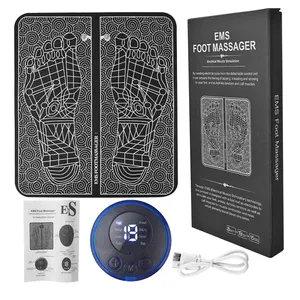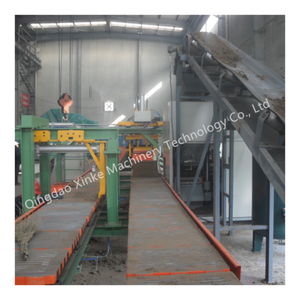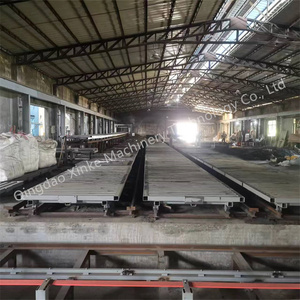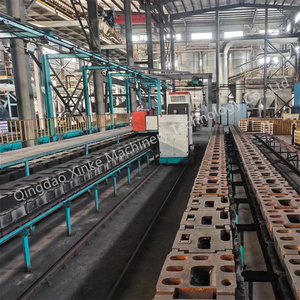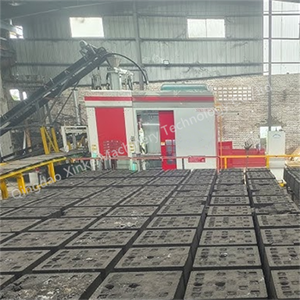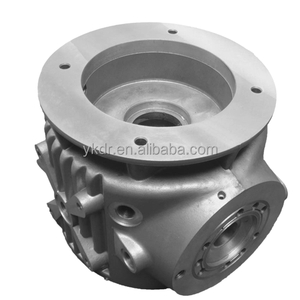







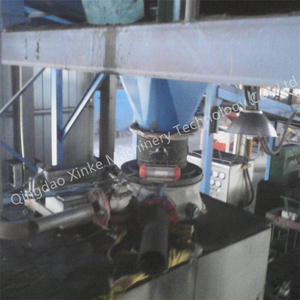

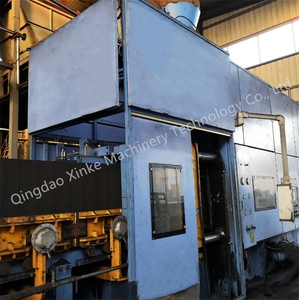


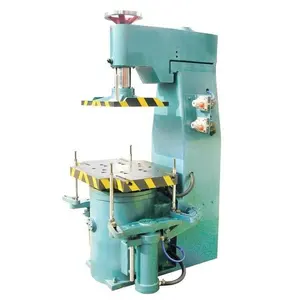



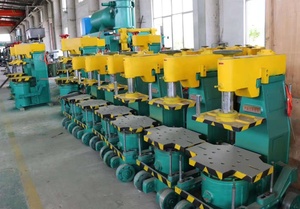
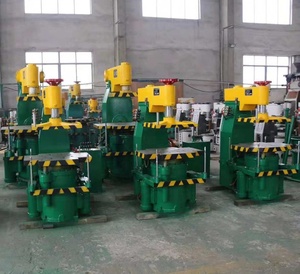





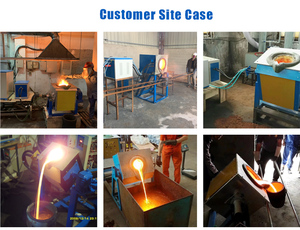











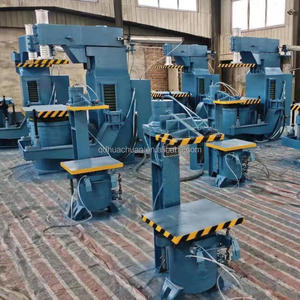

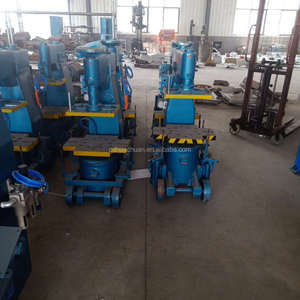


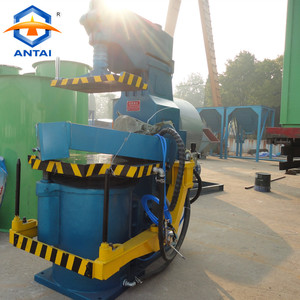




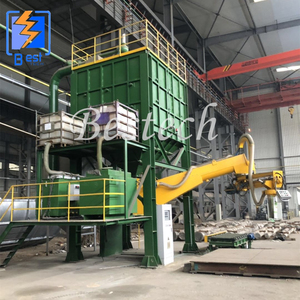

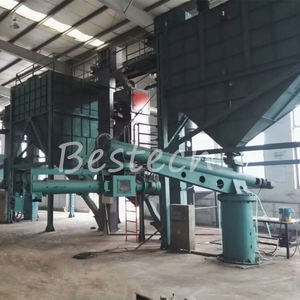

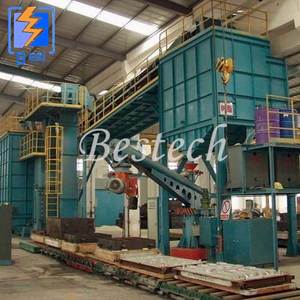
حول ماكينة مسبك مستعملة
هناك عدة أنواع. تتضمن ماكينة مسبك مستعملة تلك المصنوعة من الفولاذ المقاوم للصدأ ، والسيليكون ، وكوارتز الورد ، وحتى تلك المصنوعة من كريستالات سواروفسكي. هناك. ماكينة مسبك مستعملة التي تهتز على إيقاع ونغمة أغنيتك المفضلة .. ماكينة مسبك مستعملة تأتي بتصميم مقاوم للماء وتم اختبارها بحيث تكون آمنة على الجسم. لن تخسر الكثير عندما تشتري واحدة من هذه من Alibaba.com ، وهناك أسعار وعلامات تجارية وأنواع تناسب الجميع.
عمليًا. تعتبر ماكينة مسبك مستعملة من أكثر الاختراعات ذكاءً في القرن الماضي. إنها تعزز المناعة وتخفف التوتر وتعتبر رائعة للسفر .. تأتي ماكينة مسبك مستعملة مع ميزات مثل الشحن السريع عبر USB والتصميم المقاوم للماء والسيليكون الآمن للجسم .. ماكينة مسبك مستعملة } سهلة التنظيف ، ومعبأة بشكل خفي ، ولها ميزات مثل الحلقات المضمنة المرنة المشدودة وكهوف المتعة السرية.



